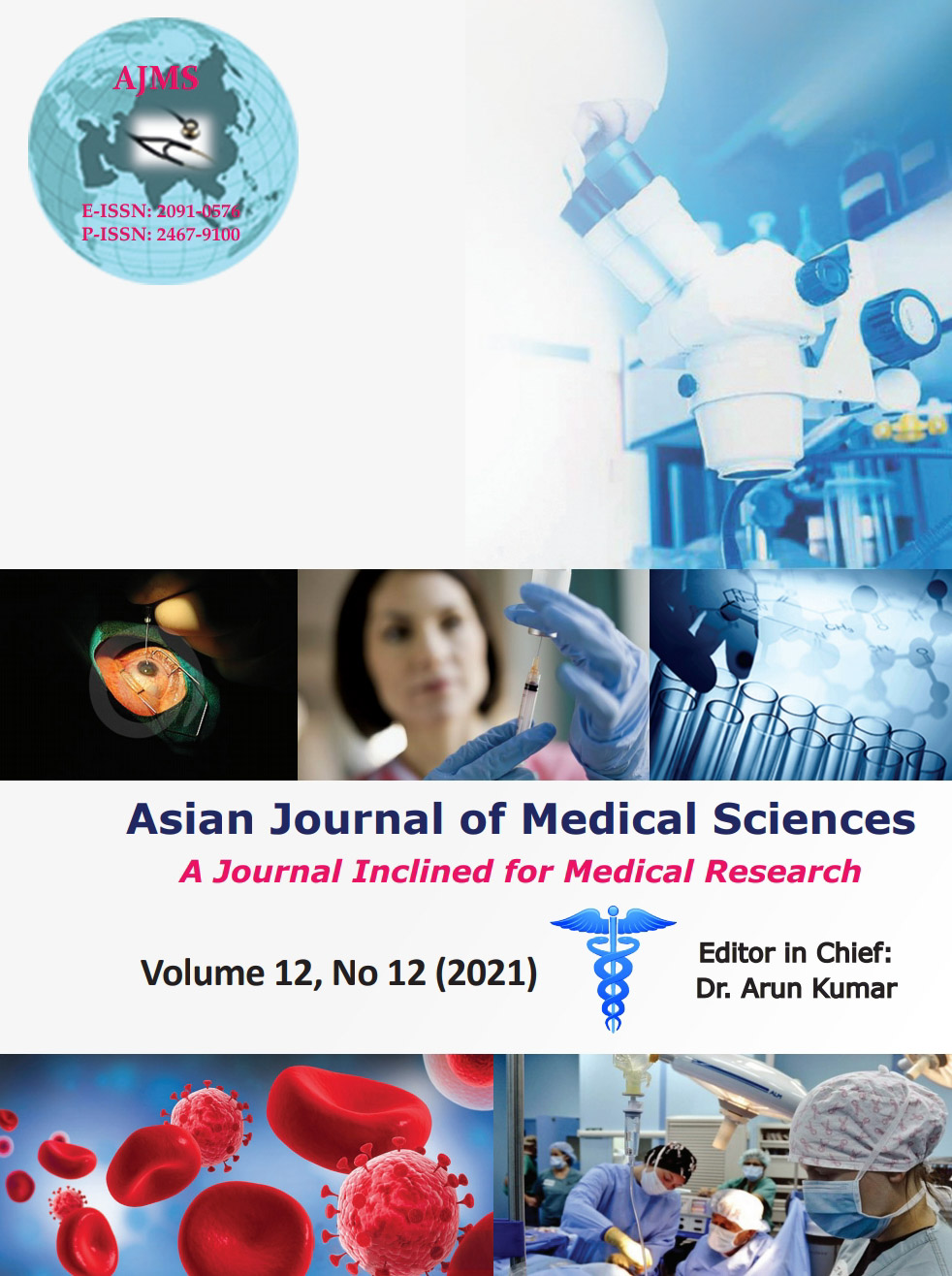The science of “smell” and the noble for “hugs:” making “sense?”
Keywords:
Noble Prize 2021, Pain, Touch, TRPV1, PIEZO1, 2, Ion channelsAbstract
David Julius and Ardem Patapoutian were jointly awarded the 2021 Nobel Prize in Physiology and Medicine for their discoveries of receptors for temperature and touch. It was a phenomenal moment for the scientific community, more for the discovery that forms the basic fabric of our everyday life—ever imagined how life would have been without feeling the aroma around? Or even the dangers of accidentally touching a heated object. Dr Julius and Dr Patapoutian, independently discovered key mechanisms of how living organisms sense heat, cold, and touch. The journey started when Dr Julius, at the University of California, San Francisco, used a key ingredient in hot chili peppers to identify a protein in nerve cells that respond to these stimuli. Using capsaicin, the pungent component of chili peppers, he provided fundamental insights into mechanisms of pain. Then using a meticulous cDNA library-based functional screening from sensory neurons to search for the gene(s) that could confer capsaicin sensitivity, Dr Julius identified for the first time a novel ion channel (now called transient receptor potential [TRP] vanilloid 1) belonging to the family of TRP ion channels associated with the pain sensitivity. A painful exercise indeed!
While Prof Julius was exploring the oceans and skies to hunt for sensory pain pathways, quite independently, Dr Patapoutian of Scripps Research Institute La Jolla, California, was searching for a similar thing that seemed to bother him equally. How do we sense touches? After all, there are so many emotions packaged in this small five-letter word, touch. The mother’s touch is the first sensation that every single of us always cherishes. Dr Patapoutian research is centered around finding candidate genes in a mechanosensitive cell line that could respond to mechanical stimuli. After a thorough search, the team identified two mechanically-activated ion channels, PIEZO1 and PIEZO2, representing an entirely novel class of mechanical sensors-based ion channels.
What is fascinating is the idea that discovery of the smell and touch receptor stretches far beyond just touch and temperature sensations only. Mutations in other TRP channels are involved in neurodegenerative disorders and skeletal dysplasia, while mutations in PIEZO channels help control critical functions such as respiration and blood pressure regulation.
So now, the mysterious world surrounding us looks more transparent and clearer. The molecular landscape is defined with precision. We now have a chemical entity behind all these emotions and intuition. The warm hug that makes our day is now millions of ions crisscrossing the ion channels. There is a different side to this too. How will the world look if everything is defined as a chemical entity? Won’t we lose the charm? After all, so much within the subtleness remains charmful when wrapped within the veil of ignorance. Knowing too much about something steals the show.
Downloads
Downloads
Published
How to Cite
Issue
Section
License
Copyright (c) 2021 Asian Journal of Medical Sciences

This work is licensed under a Creative Commons Attribution-NonCommercial 4.0 International License.
Authors who publish with this journal agree to the following terms:
- The journal holds copyright and publishes the work under a Creative Commons CC-BY-NC license that permits use, distribution and reprduction in any medium, provided the original work is properly cited and is not used for commercial purposes. The journal should be recognised as the original publisher of this work.
- Authors are able to enter into separate, additional contractual arrangements for the non-exclusive distribution of the journal's published version of the work (e.g., post it to an institutional repository or publish it in a book), with an acknowledgement of its initial publication in this journal.
- Authors are permitted and encouraged to post their work online (e.g., in institutional repositories or on their website) prior to and during the submission process, as it can lead to productive exchanges, as well as earlier and greater citation of published work (See The Effect of Open Access).




